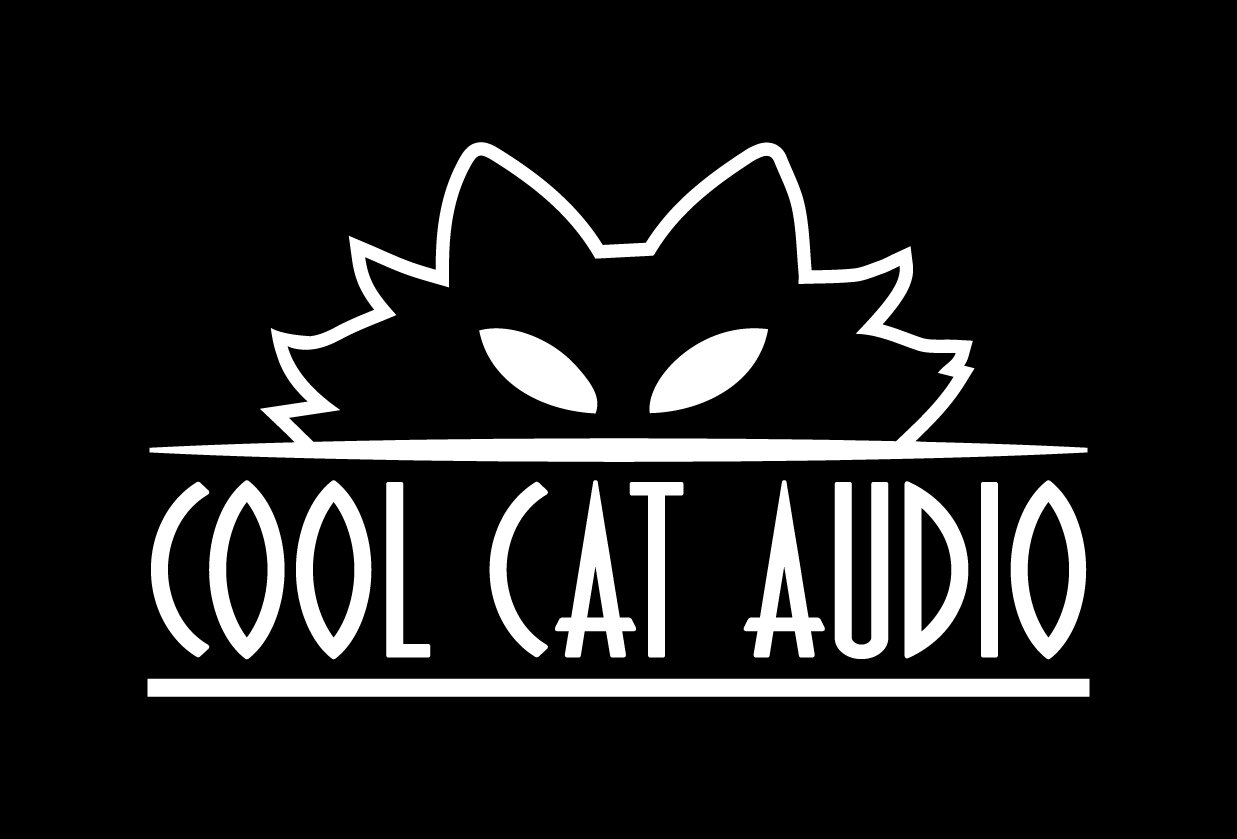WHAT MIC SHOULD I GET? [PODCAST PRODUCTION]
This is the first real installment of a series where I answer the question: “What mic should I get?” Here’s an introduction to the collection, complete with an index of all entries. Please read that first, if you haven’t already! In this entry, we’ll focus on mics for podcast production.
Firstly, of course, we should address the meta-question: Do you even need a mic to produce your podcast? I mean, I do recommend it, but you don’t necessarily need one.
A lot of people make podcasts using the onboard mic of their laptops, their phone memo apps, and all sorts of DIY combos thereof. Does it result in things sounding good? Nope! But do I listen to plenty of podcasts that are produced thusly? Sure do! And the sound quality doesn’t bother me, as long as the content is compelling and the audio’s mastered loud enough. So although offering better sounding audio will probably increase your audience, the podcast sphere does place a premium on listener engagement over audio quality. So it’s worth at least asking the question. If your content is top notch, but your financial situation is dire, ponder all this in your heart.
And if you’ve made the decision that yes, you do in fact want a mic that sounds somewhat professional– and I hope you do, if you have the financial wherewithal– then let’s talk specifics!
The first step to take is to think of anyone you know who has a podcast. (You probably know somebody, right?) Contact that person– assuming you’re on good terms, and you’ve resolved the lingering issue that boils down to you were both young, it was college– and ask them what mic they use, and if they like it. If they do, look it up, see if you can afford it, and keep the info on hand. That’s a good place to start.
Again, as I mentioned in the introduction, these are only ideas. Everybody’s got their favorites, and there’s no right or wrong here– as long as it works for you, that’s the only criterion that matters. And having said that, here we go…
The Shure SM7B is widely used for podcast production. Long story short, it delivers a crisp, clean sound and rejects a lot of the ambience and background noise of your recording space.
The EV RE-20 is also a widely used podcast mic, generally for the same reasons, but my general sense of it is that it has a mellower, fuller, more rounded off sound, which is why it’s sometimes used to record bass and kick drum as well as voice (again, the versatility factor increases its appeal).
Indeed, both of the above mics are also potentially handy for voiceover production and music recording applications. So that dual/ triple/ etc usage factor definitely comes into play here.
The mics I mention above aren’t the cheapest– you could always look at more budget models from AKG, Audio Technica, Rode, Shure, and others-- but they’re far from the most expensive. I mean, you wouldn’t believe how expensive microphones can get. So in the grand scheme of things, I’m pushing some high-quality budget options here.
One corollary question that often comes up: “Should I get a USB mic that plugs right into my phone or computer?” And hey, if that turns out to be the best option for you, go for it. Personally, I wouldn’t do that, simply because plugging into an XLR audio interface of some sort offers a lot more flexibility, but it’s a budget option that a lot of people find perfectly satisfying. Here are some things to keep in mind when making that decision.
Hope this helps! Stay tuned for voiceover mics, coming up next whenever I get to it.
= = = = =

